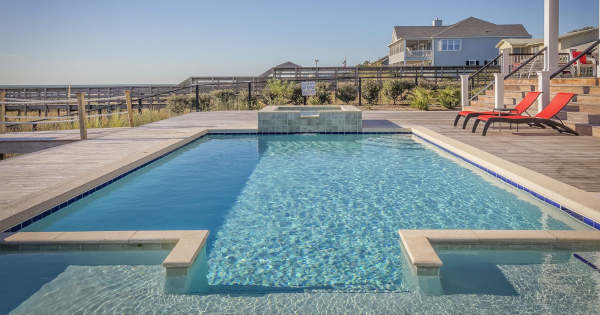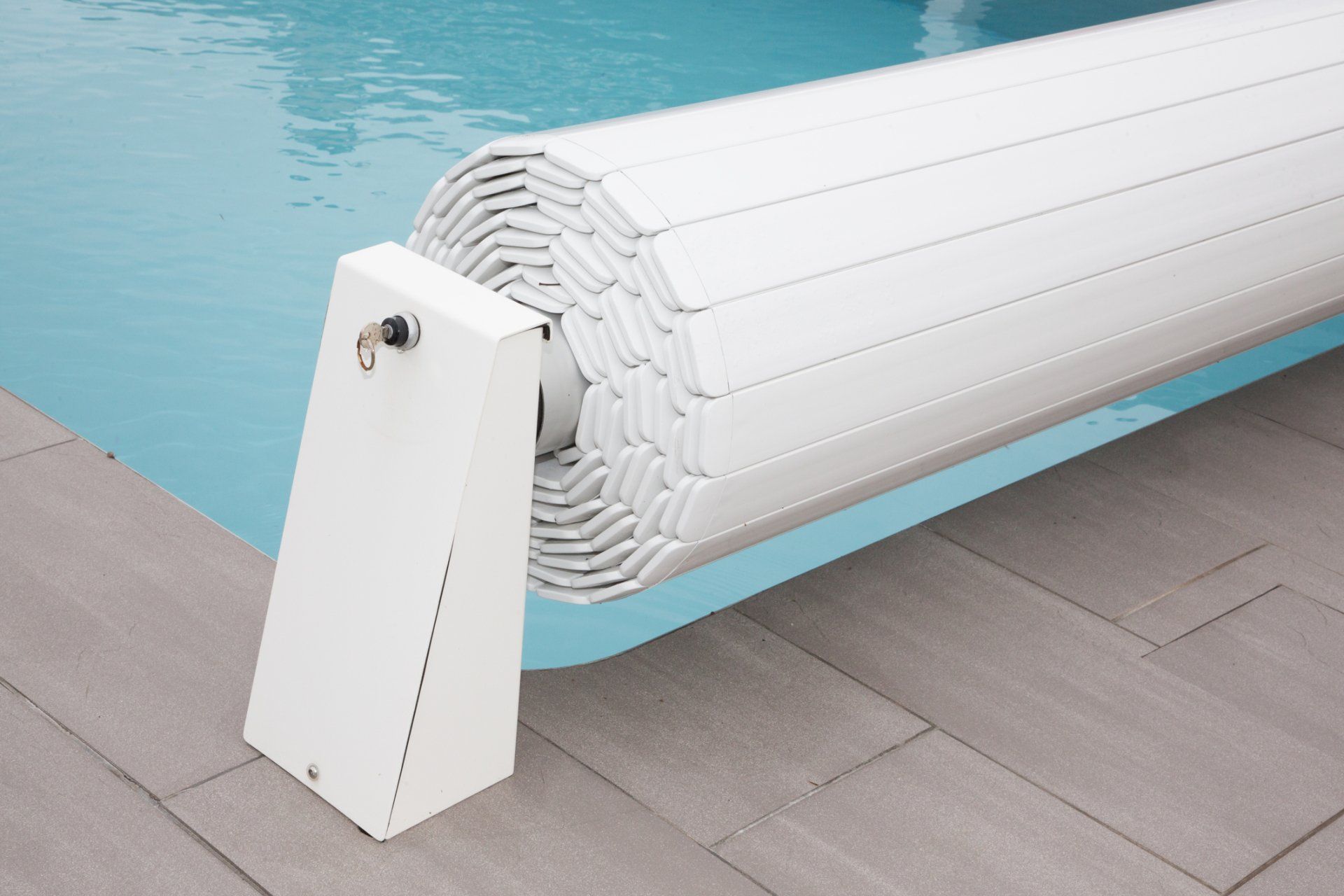6 Simple Tips To Guide Your Pool Closing
In most states across the nation, fall brings an end to the swimming season. Pool owners get into a rush of winterizing their pools to protect them from the freezing temperatures. According to the Association of Pool and Spa Professionals, pool closing services are essential in preventing physical and chemical damage to the swimming pool.
Tips For Proper Pool Closing and Winterization
Proper swimming pool closing is an essential part of its maintenance program. The frigid temperatures and ice can cause damage to the pool lining and other accessories. There is much more to it than just spreading out a cover over the top and calling it a day. Here is a more in-depth look at how to get your pool ready for the long winter’s rest.
1. Get Your Timing Right
September and October are usually the busiest months for
pool closing services. For some areas, carrying out your winterization in November is still an option. Closing the swimming pool too early when the temperatures are still warm may encourage algae growth. The algae may pose a problem during the pool opening season in spring. Experts recommend that you wait till the water is consistently at 65 degrees or lower before closing.
2. Go For a Deep Clean
You may need to carry out a thorough cleaning of your pool before carrying out the pool closing. Cleaning the pool and its water prevents algae growth during the winter. It also lightens your workload during pool openings in spring. Ensure that you skim the pool to remove floating bits and debris. Brush the sides of the pool and the floor to get rid of any grime. Vacuum it to clear the dirt at the bottom.
3. Test the Water
The next step would be to check the pool’s water chemistry. Checking the chemical balance minimizes the risk of corrosion and scale buildup during winter. Ensure that the alkalinity levels range between 80 to 120 ppm. The pH levels should be within 7.2 to 7.6.
4. Add Winterizing Chemicals
There are specific pool closing products recommended for proper winterization. Some of the chemicals that you may add to the pool include.
- Chlorine
- Algaecide
- Scale and stain preventer
- Oxidizer
- Pool antifreeze
5. Drain the Pool
You may need to lower your pool water levels below the return jets. Professional pool closing services can assist you in draining your pool. They can also use an air compressor to blow out any remaining water in the pool’s equipment. This helps prevent expensive damages resulting from burst frozen pipes. You can also take advantage to inspect the pool and check for signs of damage.
6. Install a Safety Cover
The last step may be to install a secure pool cover. You should tightly seal the safety net or cover across the pool. It helps protect against accidental falls into the frozen pool or winter storm debris from landing in the pool. The APSP recommends using covers that meet the ASTM F1346-91 standard specification to protect your pool and your family.
Let the Experts Handle It
Carrying out pool closing and winterization alone can be quite hectic. Forgetting even the tiniest detail can lead to costly damages. You can avoid this by registering for pool closing services provided by professionals. Schedule your swimming pool closing today with Sky Blue Pools to keep your pool and family safe.





